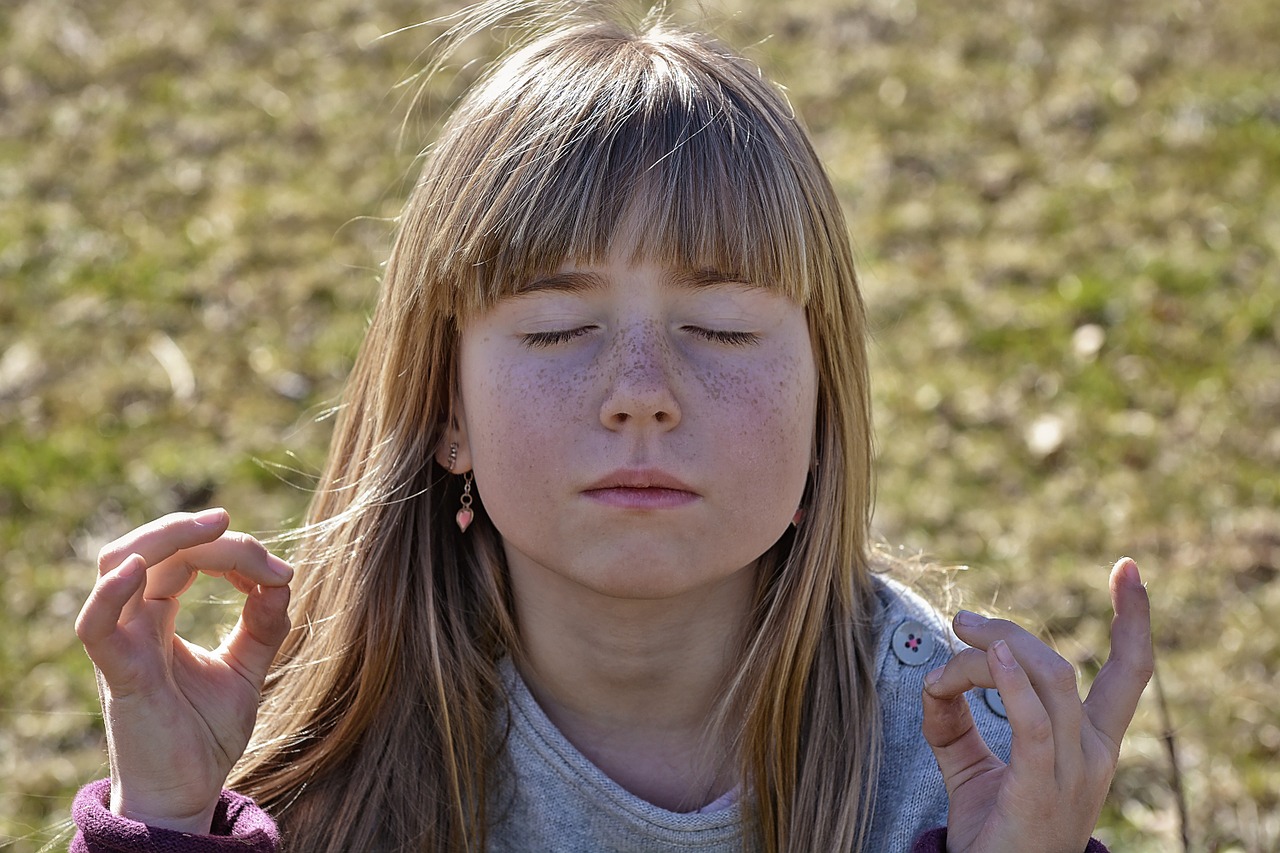
Close your eyes and take a deep breath in. Breathe out slowly. Our lives are busy, but it’s important to take small moments to pause, let go of the chaos happening around us and bring awareness into our mind and body.
Meditation and mindfulness can play an important role in reducing stress and anxiety while also assisting with recovery from physical or mental illnesses. In fact, one study conducted by Charles Raison, MD at the School of Medicine in Atlanta, showed that participants who meditated regularly for six weeks experienced less activation of their immune system and less emotional distress in stressful situations.
While it has its roots in Buddhism, meditation can be practiced in a religious or secular way and can take up as little as 10 minutes of your day. There are many programs, groups or even mobile apps that can help you learn how to meditate. The primary principles however, are found in these five steps.
Find a Peaceful Location
While even taking a moment to focus on your breathing and body in the midst of a busy day can be helpful, finding a special place that you feel relaxed and comfortable in can really help to start your meditation practice off in the right foot. Perhaps your bedroom is peaceful and you can find a special cushion to sit on or a candle to light. Maybe you have a favorite spot by a river that’s secluded and refreshing. Simply find a place that you feel comfortable in and refreshed by to enhance your state of peacefulness while you meditate.
Set Up Your Body
The way we sit and place our body is an important aspect of meditation. Choose a comfortable seat—whether it’s in a chair with your feet planted firmly on the floor, on a cushion or on the ground. Try to relax your hands on your legs or on your lap. If your eyes are open, soften your gaze and avoid focusing on anything in particular. If you feel more comfortable closing them, then do this instead.
Image Credit: pezibear
Focus on Your Breath
Once you settle, take time to focus on your breathing. Start by noticing where your natural breath comes from and whether it’s deep and slow or quick and shallow. Start to breathe in through your nose and out through your mouth. Try to take steady, deep breaths from your abdomen. You might choose to place your hand on your belly to feel your breath rise and fall. Counting your breaths in cycles of ten can also help bring more focus and awareness to them. Even when you don’t have time to meditate, taking a moment for a few deep breaths can help to calm any immediate stress and anxiety you might feel.
Let Thoughts Come, Then Let Them Go
When you’re starting to practice meditation, the idea of emptying your mind of busy thoughts can be—ironically enough—stressful! We always have so much on our minds all the time and are constantly running around from commitment to commitment. Particularly if you struggle with anxiety, it can be very difficult to filter through these rushing thoughts and categorize which ones are rational and useful, and which are not.
As you begin practicing meditation, make sure to relieve yourself of the pressure of emptying out your mind. It won’t happen right away, and that’s ok. Instead, bring your focus and awareness to your breath and to physical sensations in your body. When a thought enters your mind, recognize it and notice that it’s there, then let it go. Some people even find it helps to imagine putting that thought on a cloud or in a boat and sending it away. Above all else, don’t try to concentrate too hard on not thinking, as this will be counterproductive.
As you walk through your daily life, take this technique with you. If you start to feel anxious, and your thoughts become more irrational or destructive, choose to acknowledge it then send it away, rather than dwell on it too much.
Continue Practicing
As you begin to develop a meditation technique that works for you, aim to practice it every day. You can continue with small moments throughout the day, or increase them incrementally. Remember that regular and continual practice is what will help to reduce stress and anxiety.
Keep in mind as well that there are many different types of meditation. If one doesn’t suit you, feel free to try another until you find the right fit. While some of these tips and suggestions might be helpful, you might prefer a different technique. Ultimately, the key is to take time to declutter the mind and find a sense of peace.
Feature Image: Unsplash



